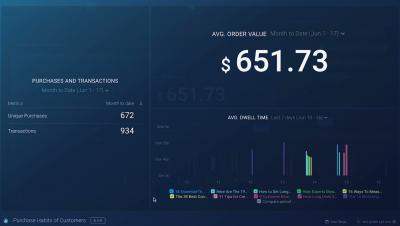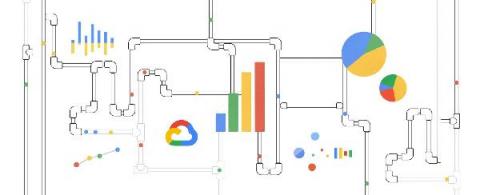Analytics
How to Identify Your Customers' Purchase Habits Using Google Analytics
PII Pseudonymization: Explained in Plain English
BigQuery admin reference guide: Tables & routines
Last week in our BigQuery Reference Guide series, we spoke about the BigQuery resource hierarchy - specifically digging into project and dataset structures. This week, we’re going one level deeper and talking through some of the resources within datasets. In this post, we’ll talk through the different types of tables available inside of BigQuery, and how to leverage routines for data transformation.
Yellowfin 9.6 release highlights
A tour of BigQuery tables
Privacy & Security Rules for Healthcare Marketers
Turning Your Data Lake Into a Data Swamp
What's new with BigQuery ML: Unsupervised anomaly detection for time series and non-time series data
When it comes to anomaly detection, one of the key challenges that many organizations face is that it can be difficult to know how to define what an anomaly is. How do you define and anticipate unusual network intrusions, manufacturing defects, or insurance fraud? If you have labeled data with known anomalies, then you can choose from a variety of supervised machine learning model types that are already supported in BigQuery ML.







